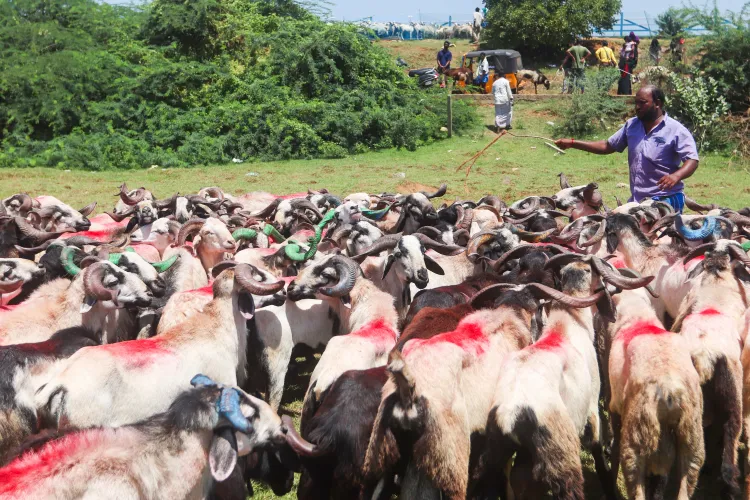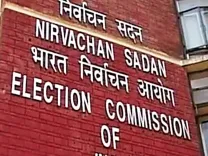Can India Become a Global Leader in Livestock Exports?

Synopsis
India is on the cusp of becoming a global leader in livestock exports, targeting a significant 20% increase in FY26. With government support and strategic initiatives, the potential for growth in this sector is immense, particularly in value-added products.
Key Takeaways
- India aims for a 20% increase in livestock exports by FY26.
- Total exports in FY25 were $5114.19 million.
- Focus on disease control and bio-security is essential.
- FMD-free zones are being established across nine states.
- Quality assurance and traceability are critical for market access.
New Delhi, June 7 (NationPress) India has the potential to establish itself as a global frontrunner in livestock exports, particularly in the value-added sectors. Senior government officials emphasize that the industry should set ambitious targets, aiming for a 20% boost in exports during the fiscal year 2026 (FY26).
In the previous fiscal year (FY25), total exports of animal products reached $5114.19 million, reflecting a growth of 12.56%.
This information was shared at a workshop on “Exports of Livestock and their Value Added Products – Future Prospects and Way Forward,” organized by the Agricultural and Processed Food Products Export Development Authority (APEDA) and the Department of Animal Husbandry and Dairying (DAHD) in the national capital.
Alka Upadhyaya, Secretary of DAHD, stated that achieving this goal necessitates ongoing investment in disease control infrastructure, quality systems, and diplomatic efforts for improved market access and bio-security measures.
“The industry should prioritize the processing of livestock and enhance the quality of livestock products by implementing a star rating system for plants and establishments to ensure globally competitive exports,” she added.
The workshop brought together senior officials from both Central and state governments, industry stakeholders, policy experts, and scientists to discuss ways to strengthen India’s livestock export ecosystem by focusing on quality improvement, disease prevention, market access initiatives, establishing Foot and Mouth Disease (FMD) free infrastructure, technological advancements, and global market alignment.
In a special address, Additional Secretary of DAHD, Varsha Joshi, provided updates on disease control efforts, emphasizing the critical need for continuous resource supply, clean and hygienic conditions to guarantee quality. She highlighted initiatives like the saving male calf project and the establishment of FMD-free zones across the country.
Joshi mentioned that, based on the progress of the FMD program, the Department is working toward designating nine states—Karnataka, Tamil Nadu, Andhra Pradesh, Telangana, Uttarakhand, Punjab, Haryana, Maharashtra, and Gujarat—as FMD-free zones.
She also stressed the necessity of enhancing the supply chain for livestock exports by introducing traceability throughout the value chain and extending support to the industry via the Animal Husbandry Infrastructure Development Fund (AHIDF).
Abhishek Dev, Chairman of APEDA, underscored India's expanding role as a reliable exporter of hygienic, traceable, and quality-assured livestock products.
“There is a substantial opportunity to boost animal product exports by gaining access to new markets, developing innovative value-added and processed products, and encouraging the industry to uphold the highest quality standards,” he noted.





